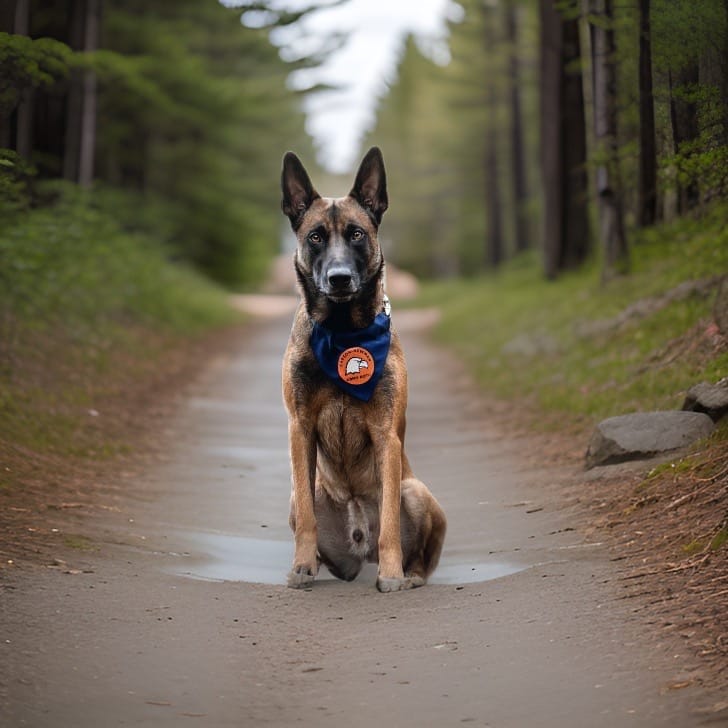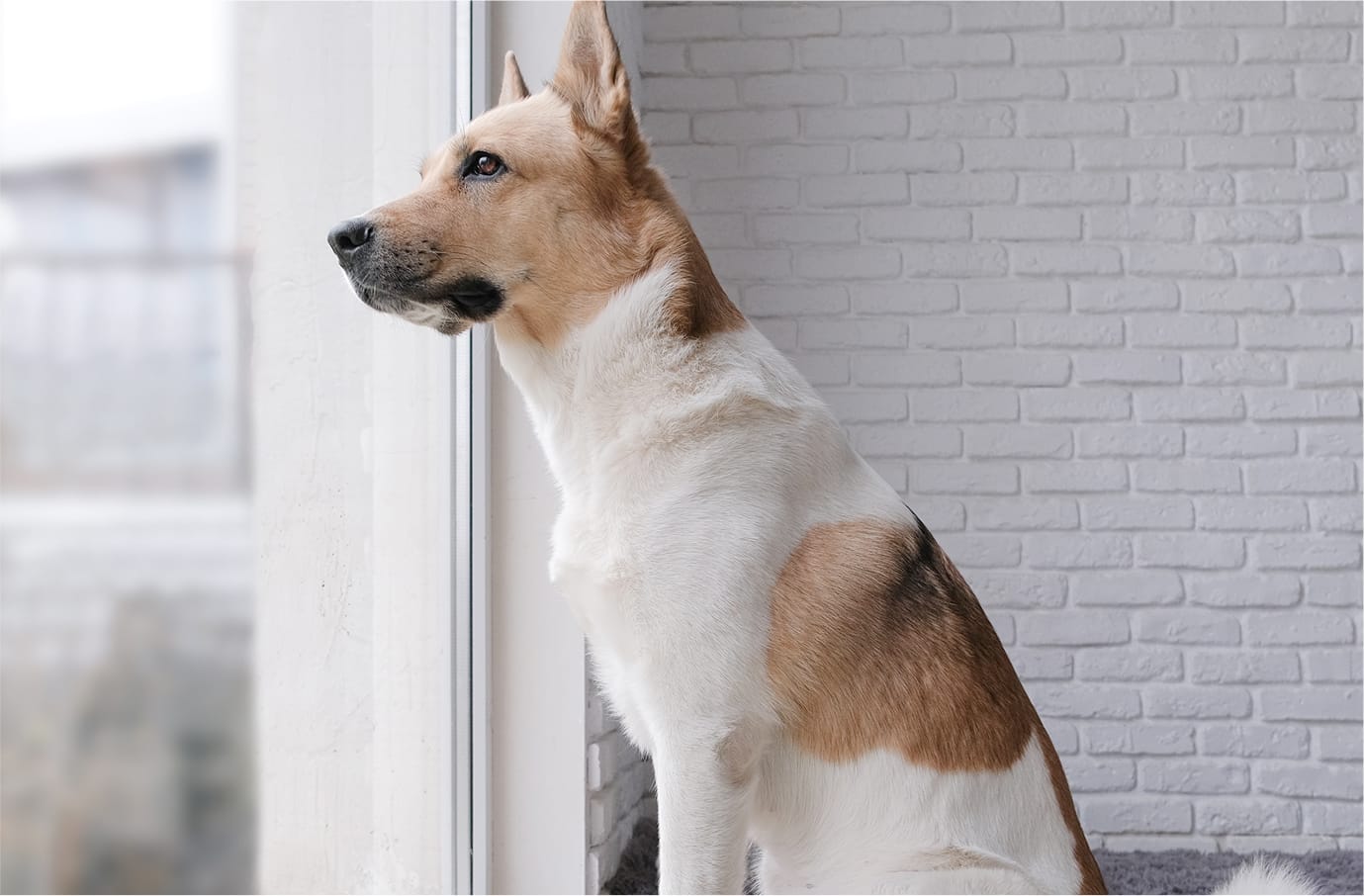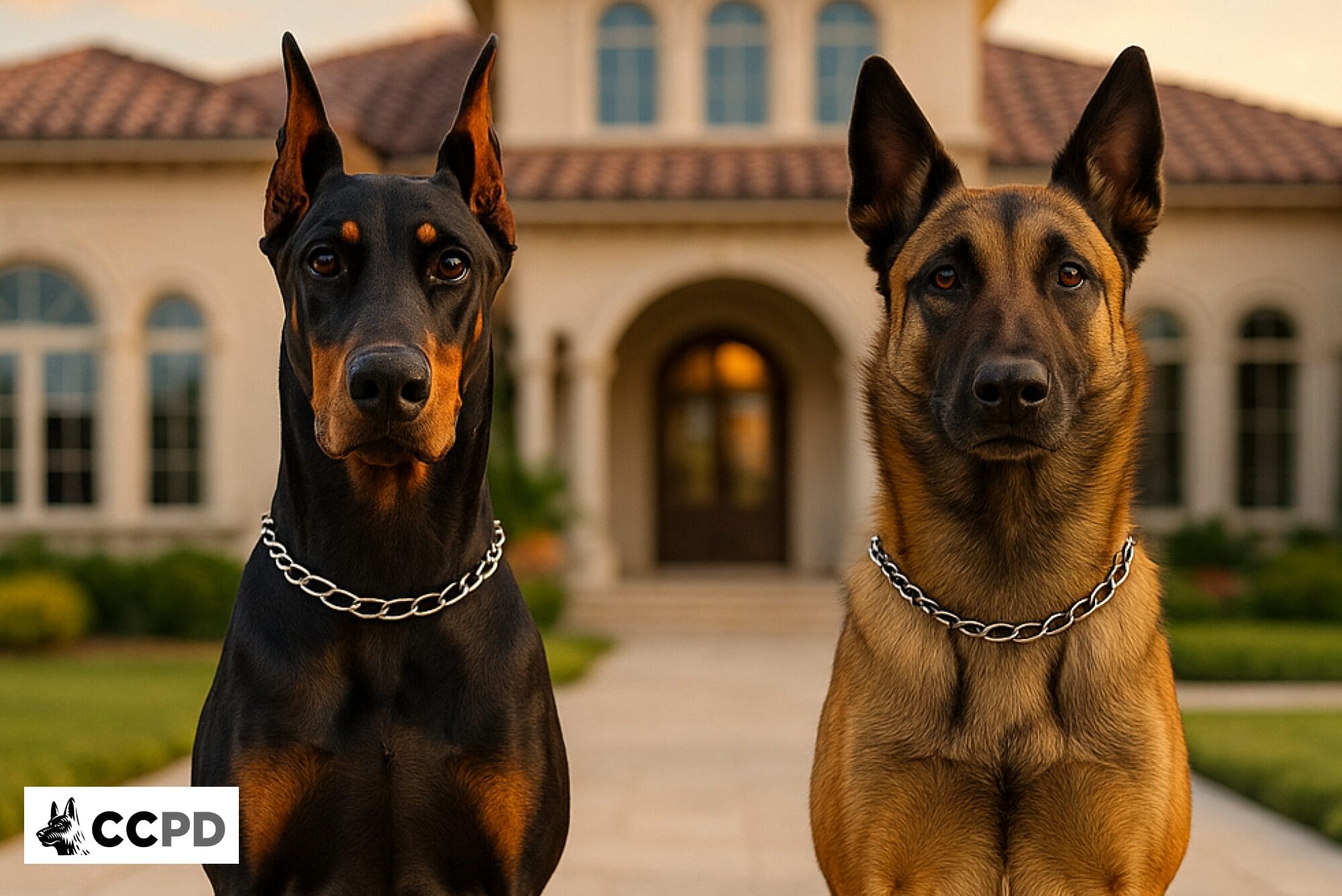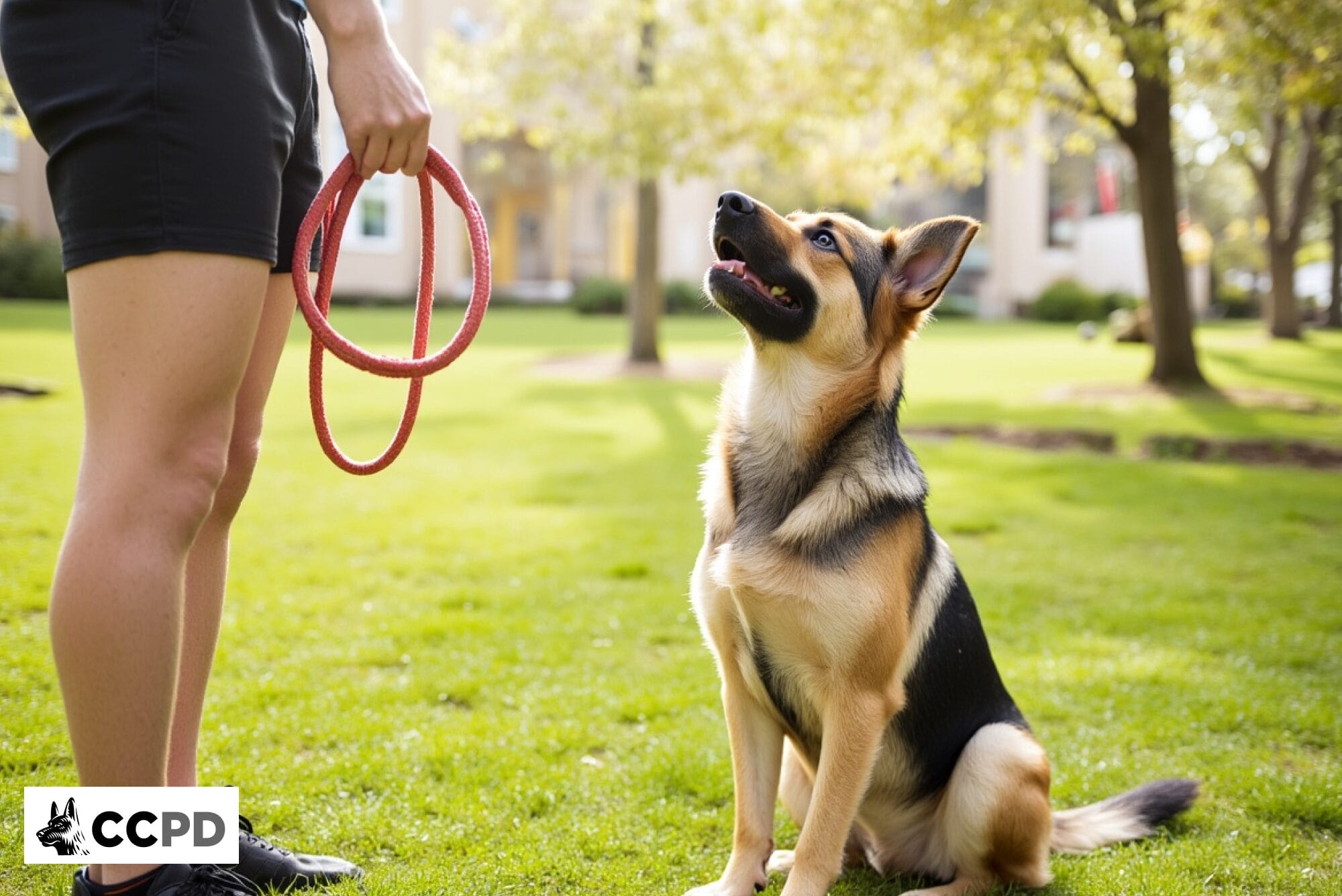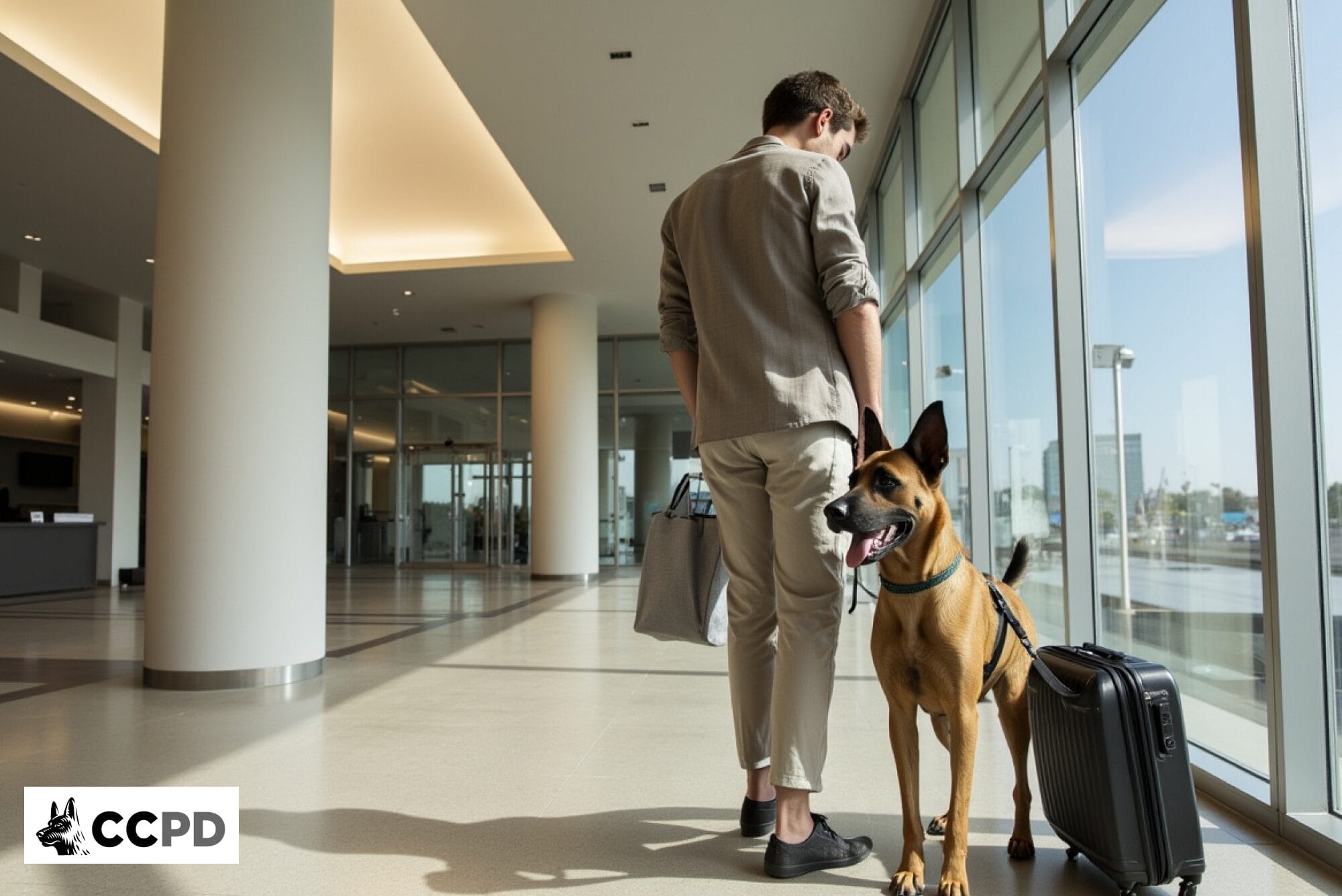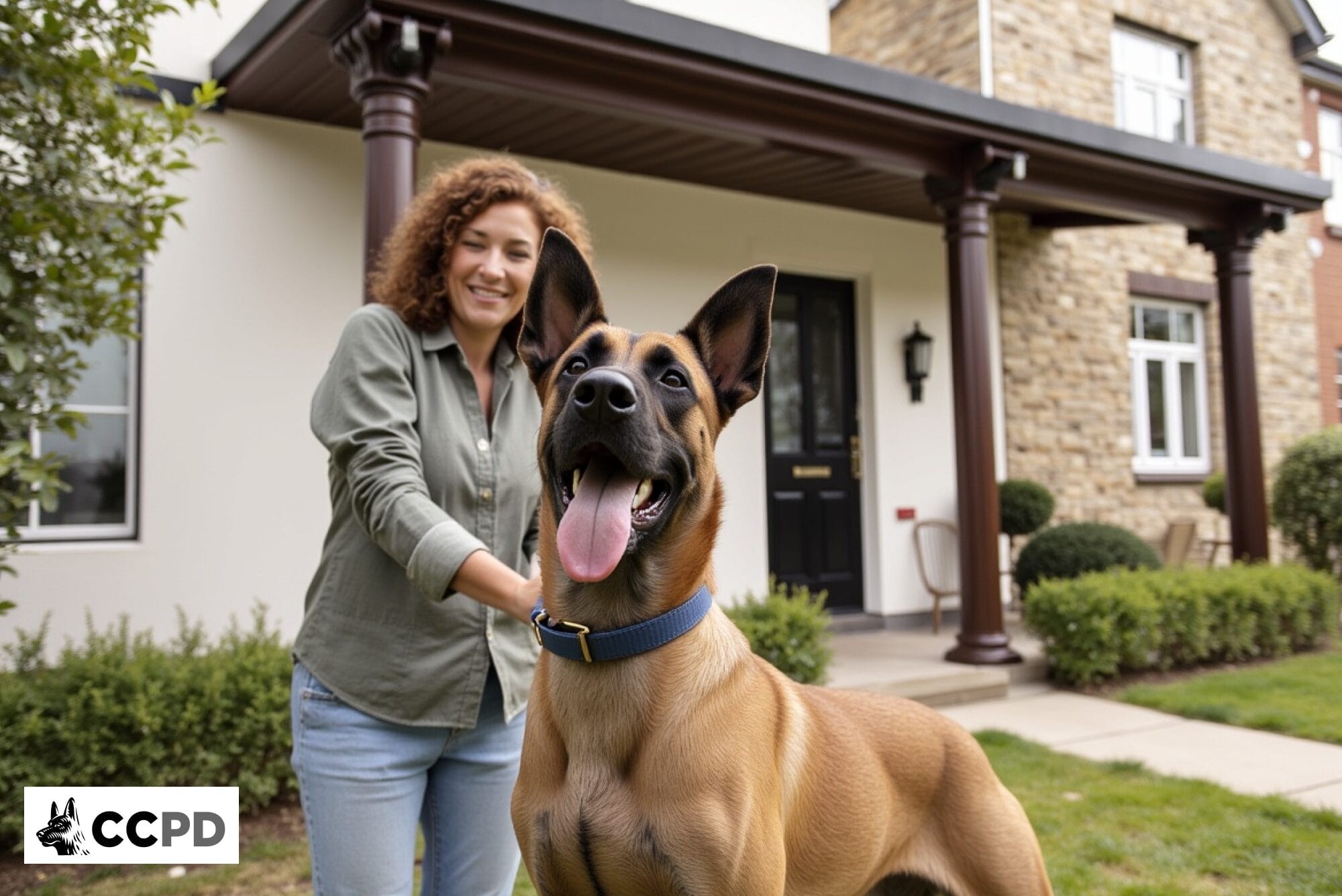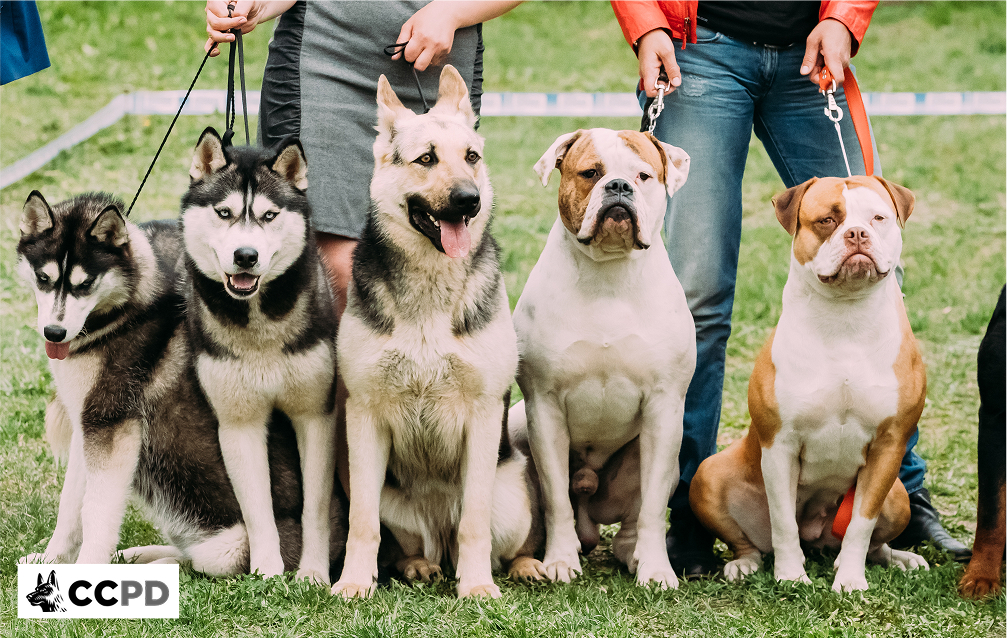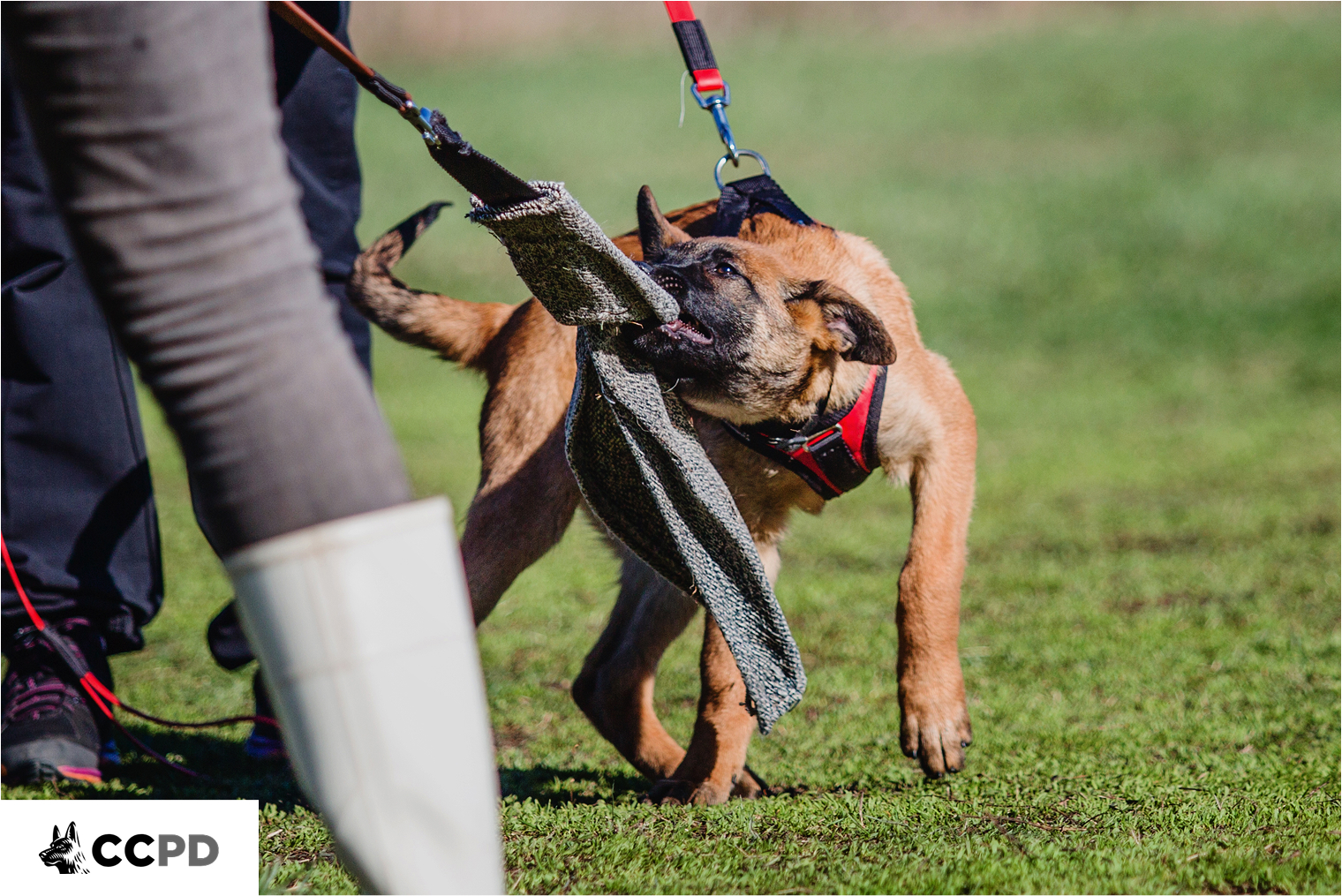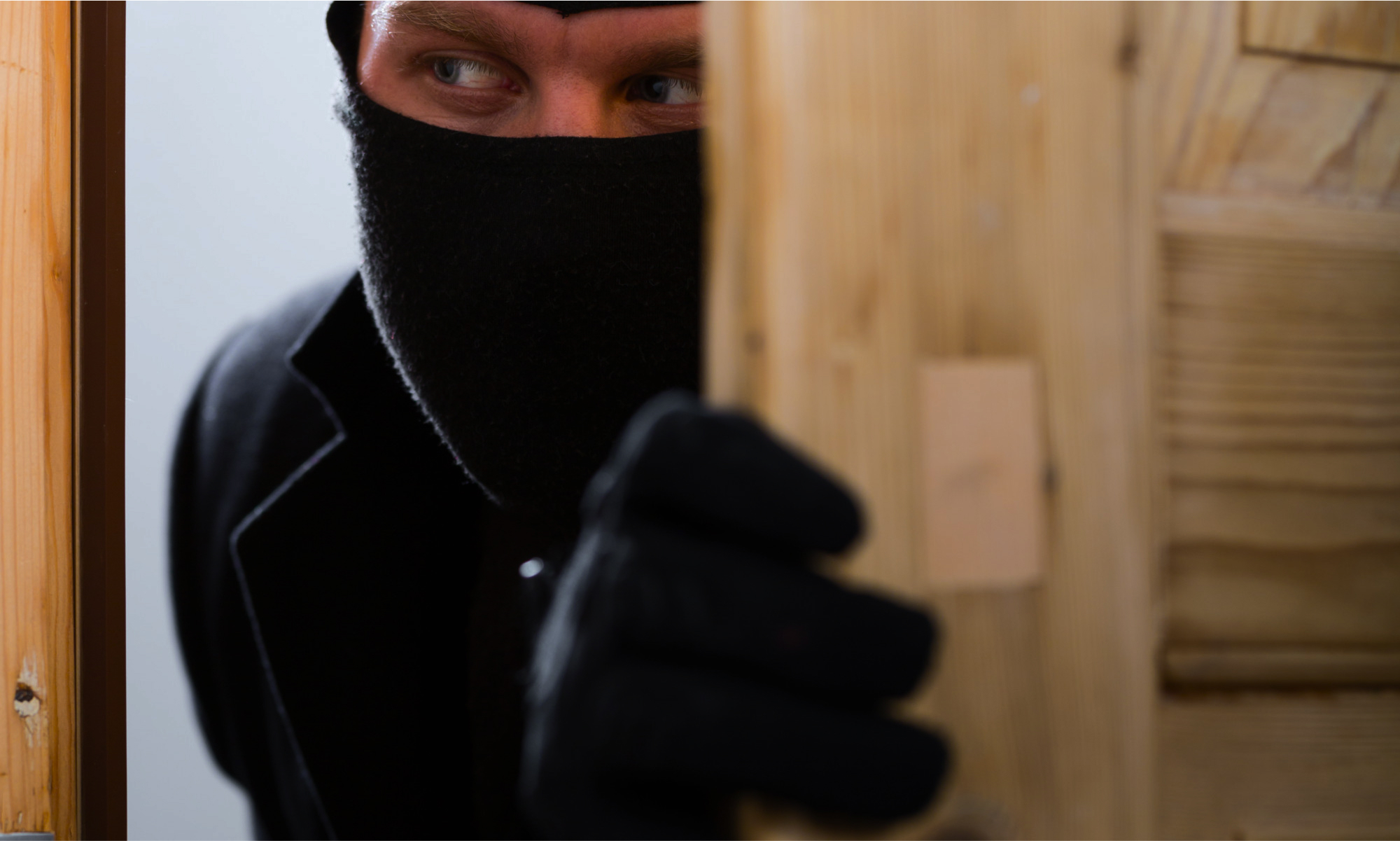The protection dog industry has grown significantly over the past decade, attracting both legitimate professionals and opportunistic individuals looking to capitalize on security concerns. With reputable protection dog representing substantial investments—ranging from $50,000 to $100,000—choosing the right trainer becomes critical for both safety and return on investment.
A poorly trained protection dog creates serious risks for families and communities. These animals might fail during genuine threats or become unpredictable in everyday situations. Understanding the warning signs of substandard trainers helps potential clients make informed decisions and avoid costly mistakes.
They Promise Overnight Results
Any trainer guaranteeing a fully trained protection dog in less than six months is cutting dangerous corners. Proper protection training involves complex behavioral conditioning that requires significant time to develop correctly. Dogs need months to build reliable stress responses, develop confidence, and learn to differentiate between genuine threats and routine interactions.
Quality protection training typically spans eight to twelve months, with some breeds requiring longer development periods. The process includes foundation obedience, specialized bite training, scenario practice, and crucial socialization. Trainers promising accelerated timelines often skip essential phases, producing dogs that appear competent but lack the reliability required for protection work.
Lack of Proper Certifications or Credentials
Reputable protection dog trainers invest in professional education and display credentials with pride. While experience matters, formal training and certification demonstrate commitment to industry standards and continuous learning.
Clients should look for trainers with certifications from recognized organizations such as:
- Schutzhund or IPO sport certifications
- Military or law enforcement K9 background
The best trainers pursue continuing education through workshops and advanced programs. A trainer who stopped learning years ago hasn’t kept pace with evolving techniques and industry practices.
Unwillingness to Show Training Facilities
Legitimate trainers take pride in their facilities and eagerly showcase them to prospective clients. When trainers hesitate to provide tours or make accessibility excuses, this raises immediate concerns about operational quality.
Professional facilities feature secure indoor and outdoor training areas, proper ventilation, safe flooring, and specialized equipment for bite work and scenarios. Visitors should observe clean kennels, organized storage, and evidence of ongoing maintenance. The environment should feel purposefully designed and professionally managed, not improvised or makeshift.
No Insurance or Liability Coverage
Protection dog training involves inherent risks. Trainers operating without proper insurance either lack professional standards or cannot obtain coverage due to poor safety records. While specific coverage requirements vary by region, any professional operation should carry liability insurance or provide clearly documented risk protocols and waivers.
Prospective clients should inquire about general liability insurance, professional liability coverage, and care policies protecting dogs during training. Reputable trainers readily provide current insurance certificates without hesitation. This coverage protects clients from legal complications if incidents occur during training or if dogs cause damage under professional supervision.
Refusal to Provide References from Previous Clients
Every established trainer maintains relationships with satisfied clients.With prospective customers. Trainers who cannot provide references either lack successful outcomes or have previous clients with negative experiences they prefer to hide.
When contacting references, ask detailed questions about training processes, results, and on going support quality. Genuine references provide balanced feedback discussing both positive outcomes and challenges encountered. Be cautious of references offering only generic praise or responses that sound rehearsed.
Using Outdated or Harsh Training Methods
The protection dog field has evolved dramatically over recent decades, moving away from dominance-based approaches toward sophisticated methods that build genuine confidence. Trainers still relying on intimidation, excessive correction, or outdated “alpha” theories often produce dogs with behavioral problems.
Modern protection training emphasizes positive reinforcement, clear communication, and the development of natural drives and instincts. While appropriate corrections remain part of training programs, they should be precisely timed and integrated within positive philosophy. Dogs subjected to excessive harshness frequently become fearful, unpredictable, or shut down when they need to perform.
Unclear or Missing Contracts
Professional trainers provide detailed written contracts outlining expectations, timelines, costs, and guarantees. Trainers operating on verbal agreements or providing vague documentation create situations ripe for disputes.
Comprehensive contracts should specify:
- Detailed training objectives and measurable milestones
- Realistic completion timelines with progress benchmarks
- Complete cost breakdowns, including additional fees
- Health and vaccination requirements for participation
- Clear policies addressing injury, illness, or complications
- Specific guarantee terms and refund conditions
Clients should read every provision carefully and refuse to sign unclear agreements. Professional trainers want clients to fully understand commitments and feel comfortable with all terms.
Pushy Sales Tactics or Pressure to Sign Immediately
Reputable trainers understand that selecting a protection dog trainer requires careful consideration and research. They encourage prospective clients to ask questions, visit facilities, and take time for informed decisions. High-pressure tactics typically indicate trainers whose services won’t withstand scrutiny.
Clients should be wary of trainers offering “limited time” pricing, claiming one available slot, or demanding immediate deposits. Quality trainers maintain busy schedules because of proven reputations, not artificial scarcity marketing. They prefer working with clients who have made thoughtful decisions rather than impulsive choices.
Training Dogs of All Ages Without Proper Assessment
Age considerations play a crucial role in protection training success, and responsible trainers carefully evaluate each animal’s suitability before accepting them. Dogs that are too young lack mental maturity for protection work, while older animals may have physical limitations or established behavioral patterns affecting training potential.
Most experts agree that dogs should reach twelve to eighteen months before beginning serious protection programs. Individual assessment remains essential because breed characteristics, temperament, health status, and previous experiences significantly influence outcomes. Trainers accepting every dog without evaluation demonstrate either inexperience or profit-driven motivation rather than successful results.
Lack of Ongoing Support After Training
Protection dog training extends beyond initial program completion, requiring ongoing support to ensure long-term success. Reputable trainers provide comprehensive post-training assistance as an integral service commitment, not an optional add-on.
Quality ongoing support includes regular check-ins, periodic refresher sessions, and reliable availability for questions or concerns. Some trainers offer annual evaluations or advanced training as dogs mature. The most professional trainers view their role as long-term partners in continued development rather than service providers who disappear after payment.
Unrealistic Claims About Dog Capabilities
Honest trainers engage in frank discussions about protection dog capabilities. Trainers promising that any dog can become a perfect protection animal demonstrate either dangerous naivety or deliberate dishonesty. Some breeds, while large or strong, lack the temperament or nerve stability for protection work. True protection dogs are confident, not reactive, and are trained to assess threats with precision—not act aggressively by default.
Effective protection work requires specific physical and mental attributes that not every dog possesses naturally. Size, drive levels, temperament stability, and overall health significantly influence each animal’s suitability and performance capabilities. The most ethical trainers sometimes recommend against training certain dogs when they believe the animals won’t achieve safe, reliable results.
Poor Communication or Unprofessional Behavior
Successful protection dog training requires strong client-trainer relationships built on trust, clear communication, and mutual respect. Trainers who prove difficult to contact, consistently arrive late, or demonstrate unprofessional behavior will likely provide substandard service throughout training programs.
Professional trainers return calls promptly, arrive punctually for meetings, and communicate clearly about progress, challenges, and expectations. They maintain appropriate appearance standards, keep facilities organized, and treat both clients and animals with respect. Poor communication often indicates broader organizational problems and inadequate customer service that will impact the entire training experience.
Research Thoroughly and Trust Professional Instincts
Selecting a protection dog trainer ranks among the most important decisions families make regarding security and safety. These twelve warning signs help identify trainers to avoid, but thorough research and careful evaluation remain essential before making commitments.
Take time to visit multiple facilities, ask detailed questions about methods and experience, and carefully evaluate responses received. The right trainer will welcome scrutiny and appreciate diligent research. This decision involves more than purchasing a service—it establishes a partnership affecting Family safety and animal welfare for years ahead. Choose carefully, when choosing a reputable protection dog and conduct thorough due diligence, and never allow pressure for hasty decisions.

